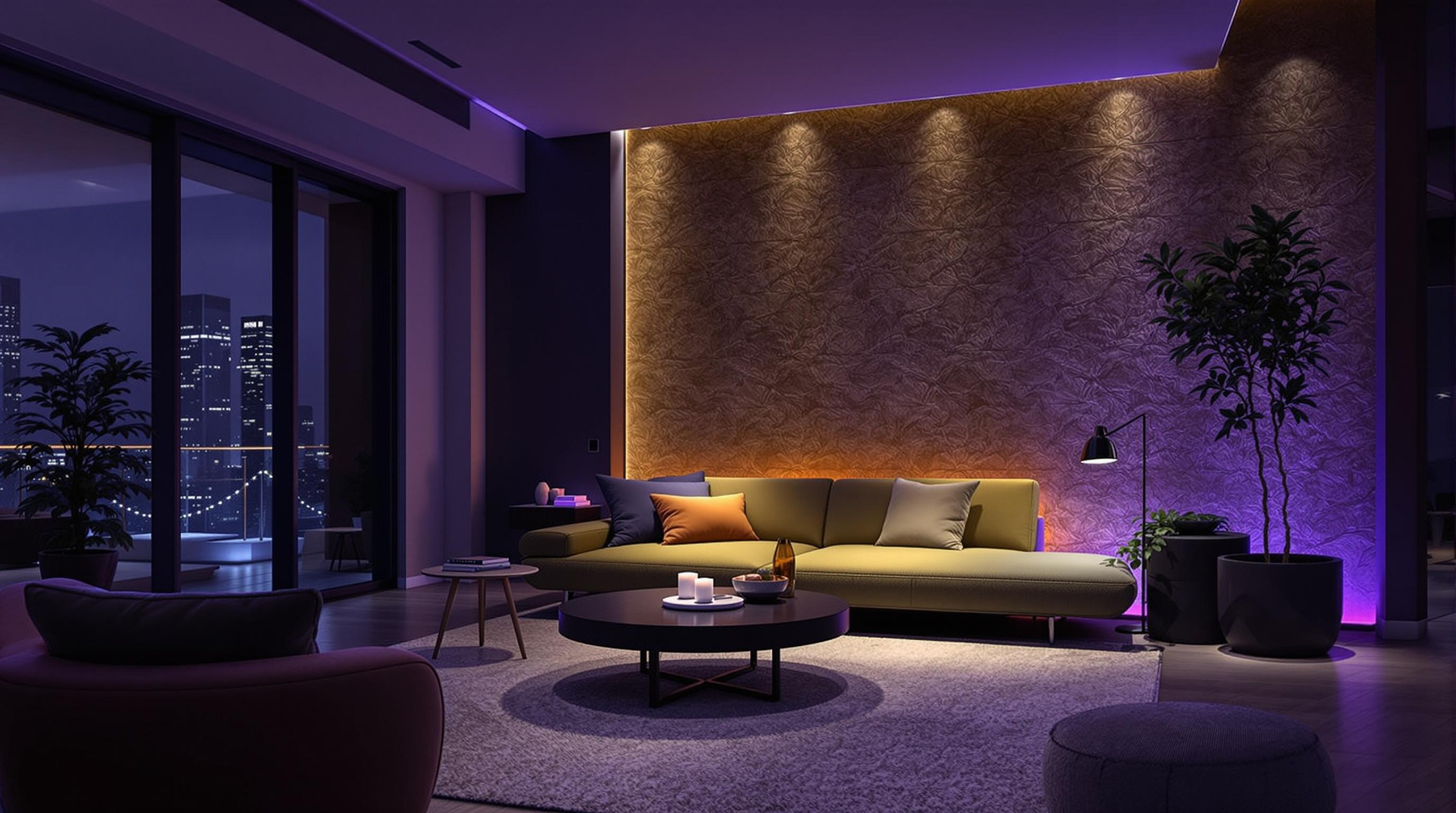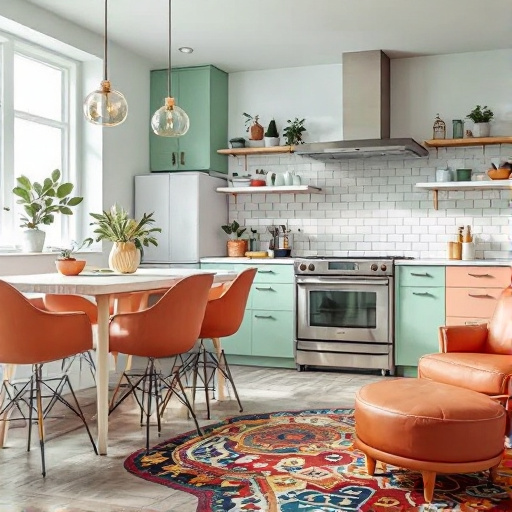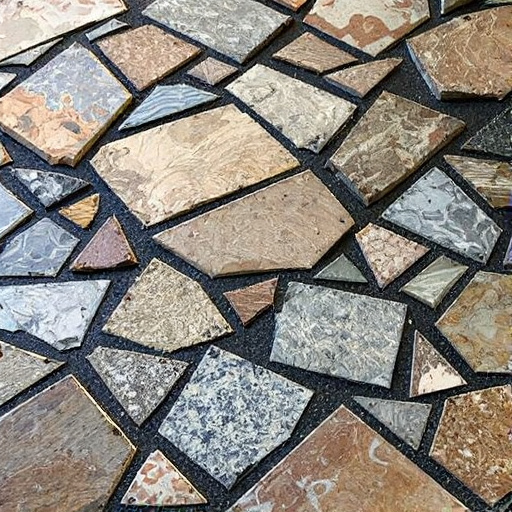Featured Articles
- Could Your Home's Feng Shui Be Affecting Your Renovation Success? Unlock the Hidden Energy Forces!
- "Eco-Remodeling: Unusual Materials Transforming Home Renovation in Sustainable Ways"
- Revamping the Past: How Retro Home Improvement Trends are Making a Comeback in Modern Design
- "Reviving Retro: How Vintage Home Products Are Making a Bold Comeback in Modern Makeovers"
- The Rise of Biophilic Design: Transforming Homes into Natural Retreats for Mental Wellness
"Eco-Remodeling: Unusual Materials Transforming Home Renovation in Sustainable Ways"
"Eco-Remodeling: Unusual Materials Transforming Home Renovation in Sustainable Ways"
Eco-remodeling harnesses the power of unusual materials to not only transform homes but also significantly reduce their environmental impact. This article will explore various innovative materials used in eco-remodeling, showcasing real examples, statistics, and even a few humorous anecdotes along the way.
Unusual Materials Making Waves
When it comes to remodeling, most people think of conventional materials: wood, brick, and tile. However, a revolution is underway in the world of sustainable design. Materials like recycled denim, mushroom mycelium, and even wine corks are surfacing as eco-friendly options that not only look good but also offer superior performance.
Mushroom Mycelium: Nature’s Building Block
One of the most fascinating materials making a splash in eco-remodeling is mushroom mycelium. This organic substance acts like a glue, binding agricultural waste into dense blocks that can be used as insulation or even as an alternative to traditional building materials.
In 2020, a study by the University of Cambridge found that mycelium-based products could reduce the need for conventional building materials by up to 60%. Companies like Ecovative Design are already paving the way, creating everything from packaging materials to bricks that could potentially replace concrete. The sheer versatility of mycelium leaves us wondering where it might pop up next.
The Case of the Cozy Cabin
In a case study done in Upstate New York, an architect decided to use mycelium insulation for a cozy cabin retreat. Not only did the owners enjoy excellent thermal regulation, but they also reveled in the eco-factor of their unique home. Plus, it turned out that the natural scent of the material was an unexpected bonus, bringing a bit of the forest indoors!
The Magic of Recycled Denim
How often do you hear about jeans contributing to home renovation? Well, it’s happening! Recycled denim is not just for trendy, sustainable fashion; it’s also gaining traction in the insulation market. Denim insulation, made from old jeans, is not only environmentally friendly but also fantastic at temperature regulation.
According to the U.S. Department of Energy, denim insulation can reduce energy costs by up to 30%. Is it possible that the key to a warmer home lies in the old pair of jeans you tossed aside? Talk about a fashion revival!
Wine Corks: From Bottles to Basements
Let’s take another whiff of innovation—wine corks! Less conventional than your typical renovation material, these little bits of bark are being repurposed in a big way. Did you know that more than 30 billion corks are produced every year? What if a good chunk of those found a second life in our homes?
Homeowners are getting crafty by creating unique countertops, flooring, and even wall accents from recycled wine corks. Much like finding an unexpected treasure in a thrift store, incorporating cork can lead to stunning, one-of-a-kind designs in your space. Plus, the insulating properties of cork make it a sound investment, literally and figuratively!
Why Eco-Remodeling Matters
Now, you might be asking, “Why should I care about eco-remodeling?” The numbers speak for themselves. The U.S. Green Building Council has reported that buildings account for nearly 40% of total carbon emissions. Choosing sustainable materials can drastically minimize your home’s carbon footprint, quickly translating to a healthier planet.
Moreover, eco-remodeling often leads to significant long-term savings. According to the Environmental Protection Agency (EPA), energy-efficient homes can save homeowners an average of $2,200 a year on energy bills! Imagine what you could do with that extra cash—fireplace s'mores, anyone?
Sneak Peek into the Future
Looking ahead, the world of eco-remodeling promises exciting new materials and methods. Think about it—what if we could build homes from discarded ocean plastic or waste generated in our own backyards? Scientists are currently exploring how to create sustainable building materials from algae, which not only absorb CO2 as they grow but can also be processed into various product forms.
Let’s Get Creative!
Here’s the fun part. Whether you’re an experienced remodeler or a weekend DIY enthusiast, it’s time to unleash your creativity! Imagine a kitchen backsplash made from old CDs, or bathroom tiles designed from natural stones collected during family hiking trips. The possibilities are endless, and they can serve as remarkable conversation starters!
Eco-remodeling allows you to explore and celebrate your personal style while contributing to a more sustainable future. Break out that glue gun and let your imagination run wild! Who said home renovation was boring?
The Humorous Side of Eco-Remodeling
Before we wrap up, let's have a little laugh. Picture this—you're using recycled soda bottles to build a garden shed, and all your neighbors are eyeing you suspiciously. “What’s that all about?” you can confidently reply, “I’m starting a new trend—no more ‘picking up’ and ‘installing’ when you can ‘pop’ and ‘build’!” Talk about staying ahead of the curve!
Resources for Eco-Remodeling Enthusiasts
If you’re eager to dive into the world of eco-remodeling, here are some resources to kickstart your journey:
- Green Building Advisor (https://www.greenbuildingadvisor.com) - Offers expert advice on sustainable building practices.
- Earth911 (https://www.earth911.com) - Provides information on recycling materials while also offering local resources.
- Home Renovation Tax Credits - Research local and federal incentives available in your area.
Final Thoughts
In conclusion, eco-remodeling offers an exciting pathway to innovate while saving the planet. By considering materials like recycled denim, mushroom mycelium, and elegant wine corks, one can transform a space into a personal haven while contributing to sustainability. With creativity, humor, and an open mind, we can all play a part in this vibrant movement. So go ahead—take the plunge into eco-remodeling; the planet will thank you for it!
Ultimately, wouldn’t you want to live in a house that reflects your values? In this marvelous journey of transformation, let’s not only remodel homes but reshape our world for the better.




